U.S.S. Abbot (DD 184), 1919-1940
H.M.S. Abbot, 1940
H.M.S. Charlestown (I-21), 1940-1948
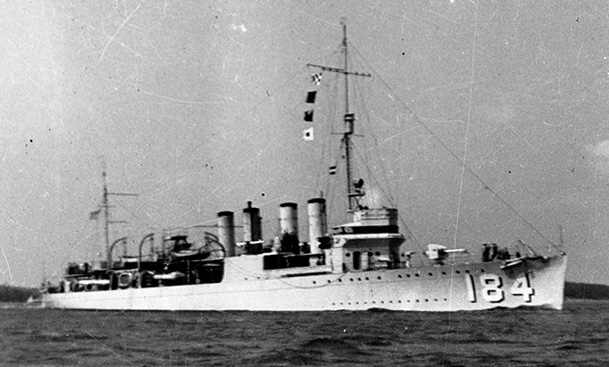

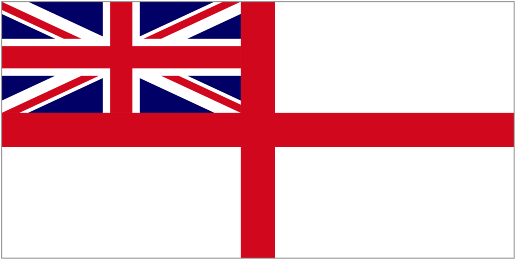
- Displacement: 1,306 tons
- Length: 314’4½” (95.8 meters)
- Beam: 30’11¾” (9.4 meters)
- Draft, keel to waterline: 19’3⅝” (5.87 meters)
- Speed: 33.2 knots (38.2 m.p.h. or 61.5 km/h)
- Crew: 122
- Armament:
- 4 × 4” guns
- 2 × 3” guns
- 12 × 21” torpedo tubes
- U.S. class: Wickes
- U.S. radio call sign: NEZS
- British class: Town (Bath Group)
History
Only two U.S. Navy warships have been named Abbot. This is the brief story of the first Abbot, one of the “Famous Fifty” destroyers that were sold to Britain and its allies under the Destroyers for Bases Agreement of 2 September 1940.
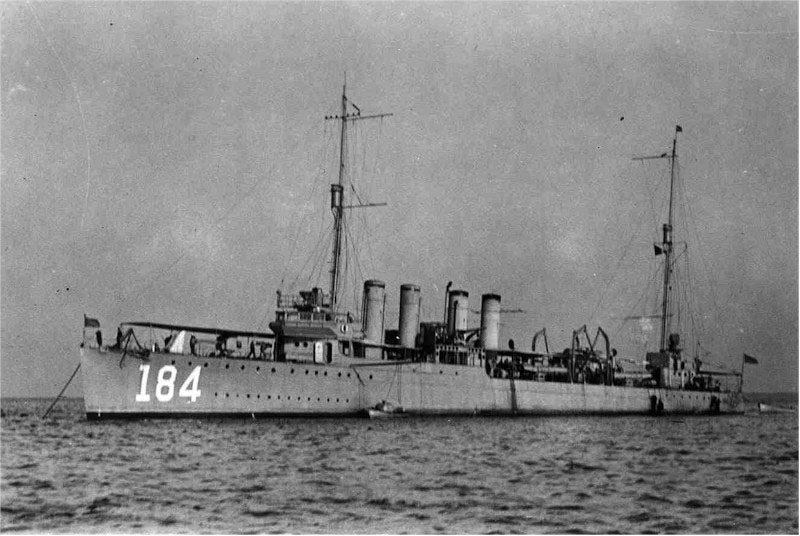
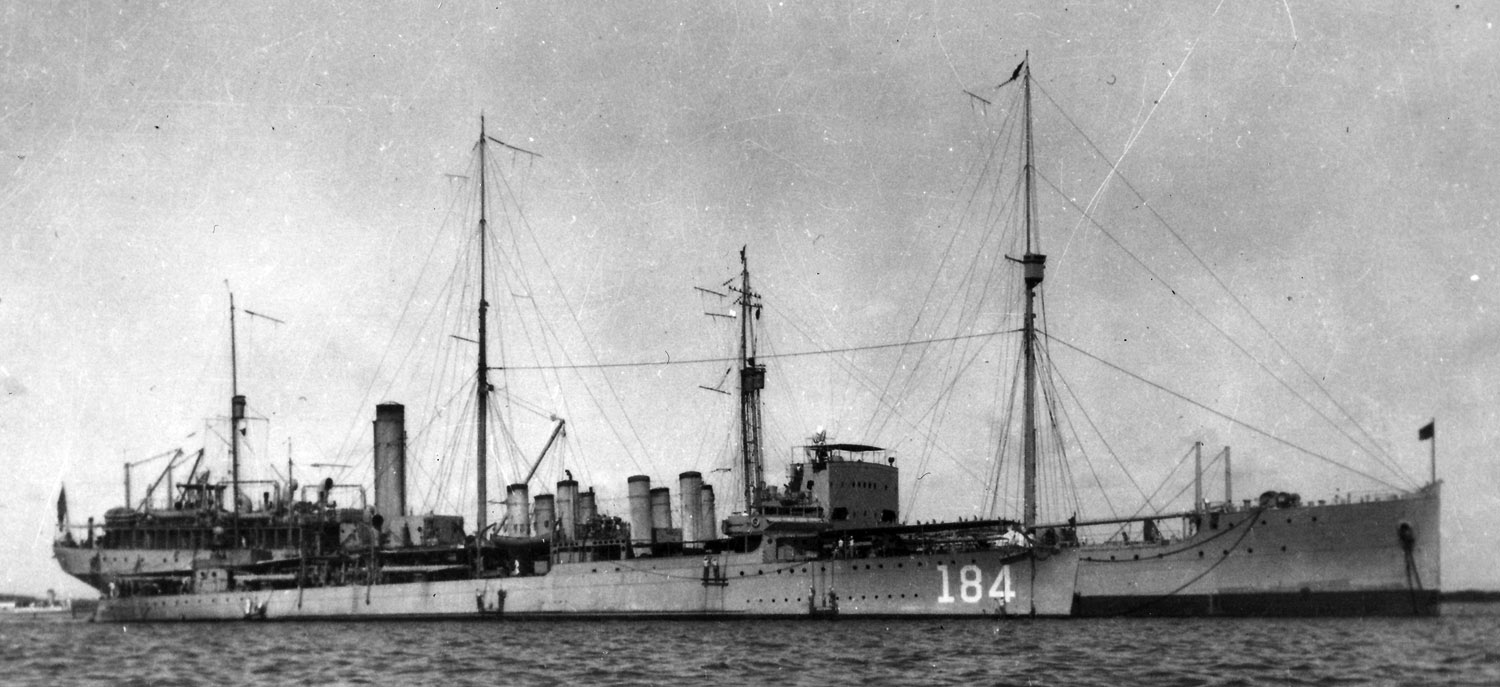

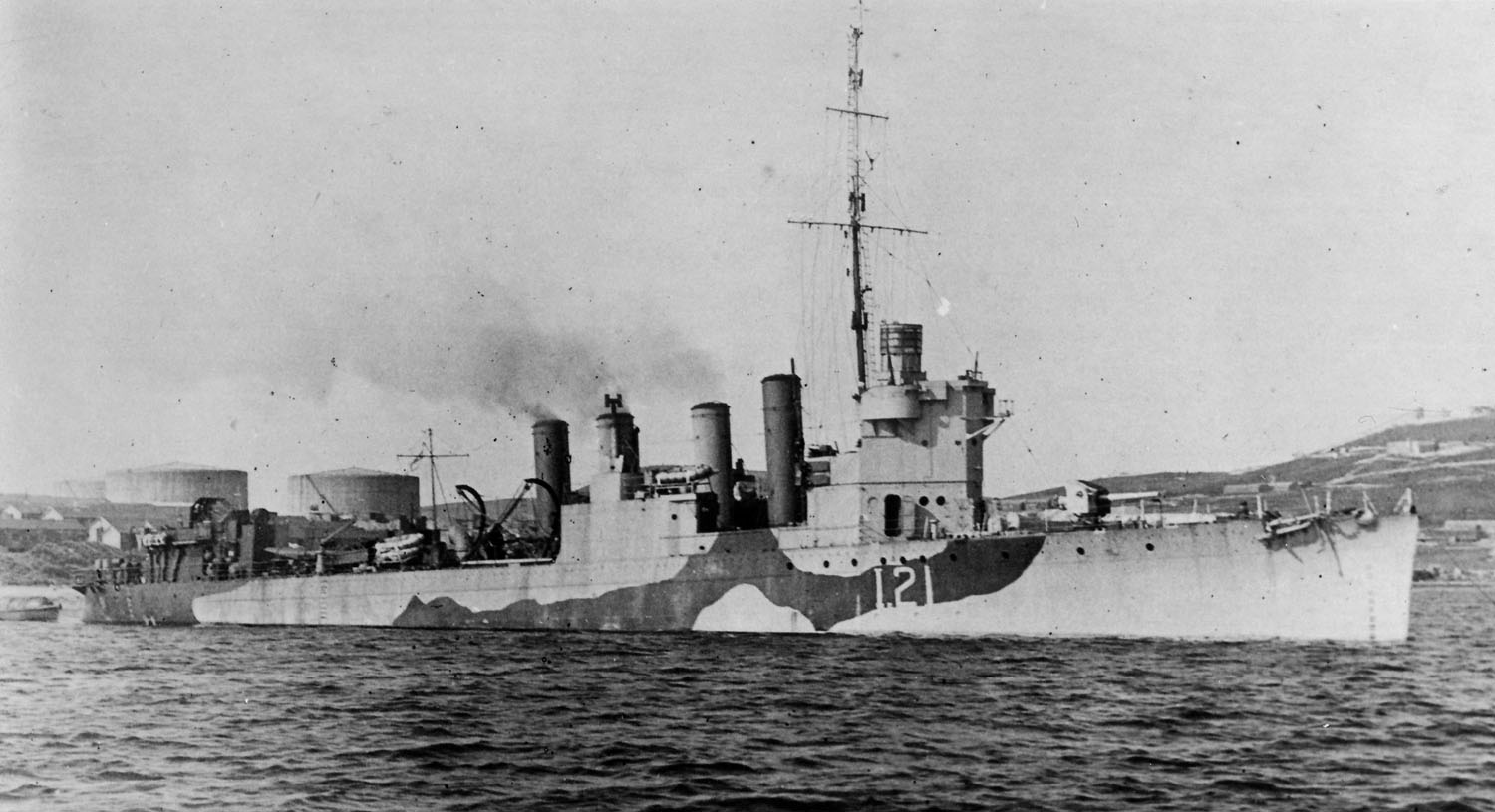


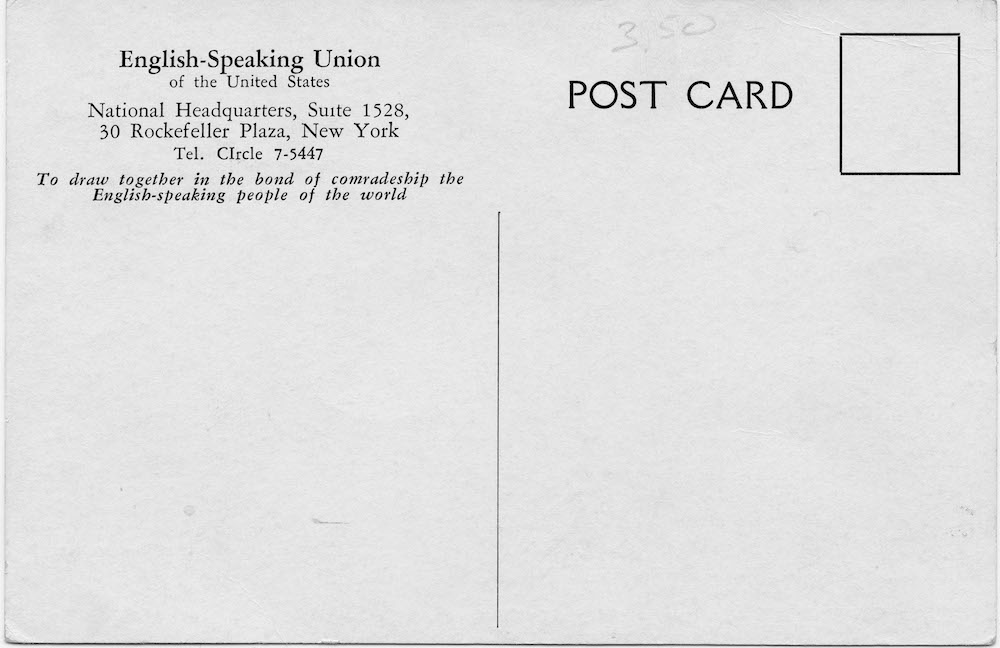
The story of the first U.S.S. Abbot is a tale of two world wars, two navies, and two names.
Great Britain has owned two ships named Charlestown, and both launched their careers under American flags. Some 160 years after the Royal Navy captured the American 24-gun frigate Boston and renamed it H.M.S. Charlestown, the United States Navy gladly signed over the aging destroyer Abbot, which soon joined the war against Nazi Germany as the second H.M.S. Charlestown. But Abbot’s story started during World War I.
The Wickes-class destroyer Abbot (DD-184) was laid down on 5 April 1918 by the Newport News Shipbuilding & Drydock Co. in Virginia; launched on 4 July 1918; sponsored by Miss Louise Abbot, great granddaughter of Commodore Joel Abbot; and commissioned on 19 July 1919, Lt. Cmdr. William Nicholas Richardson Jr. of Alabama in command.
(The new skipper was the great nephew of a famed Alabama lawyer and congressman of the same name, and was a Naval Academy graduate in 1909. His death from heart disease at age 44 in 1932 cut short a promising naval career.)
Based at Norfolk, Virginia, the destroyer operated along the East Coast and in the Gulf of Mexico and the Caribbean, especially in Cuban waters. Restrictions on the sizes of navies imposed by the Washington Naval Treaty of 1922 didn’t directly affect destroyers, but the entire U.S. Navy was being reduced. Abbot was placed out of commission at the Philadelphia Navy Yard on 5 July 1922, having served as a warship less than three years.
After being laid up for almost two decades, Abbot was recommissioned at Philadelphia Navy Yard on 17 June 1940 and based in Newport, Rhode Island, under Lt. Lewis R. Miller. Abbot cruised along the East Coast as part of the so-called Neutrality Patrols, which were intended to dissuade the European war belligerents, especially Germany, from operating in the western hemisphere.
Britain was in dire straits and desperately needed escort ships to protect convoys and minelayers; the United States was the unhappy owner of dozens of destroyers that were built for World War I and that would be easy prey for modern 1940s warships and aircraft. Under the Destroyers for Bases Agreement of 2 September 1940, the United States exchanged 50 obsolete destroyers, including Abbot, for leases of British army and navy bases in the Atlantic and Caribbean.
The ships soon earned a nickname: The Famous Fifty.
The U.S. Navy wasted little time with formalities, and Abbot reported to the Boston Navy Yard dry dock for hastily ordered modifications and inspections beginning about 4 September 1940. The ship was transferred to the United Kingdom on 9 September. Abbot arrived in Halifax, Nova Scotia, on 18 September 1940 and went out of commission on 23 September; minutes later it was commissioned into the Royal Navy with the temporary name H.M.S. Abbot. Seven other old destroyers were recommissioned the same day.
The United States Ship Abbot was struck from the Navy list on 8 January 1941.
Meanwhile, the British Admiralty — looking for 50 politically adroit new names for the destroyers — compiled a list of United Kingdom and colonial towns whose names coincided with places in the United States. Thus the American Wickes-class destroyers became part of the British Town class and traditional seafaring towns in Massachusetts, Rhode Island, Cornwall and the British West Indies shared Abbot’s new name: Charlestown.
Renamed H.M.S. Charlestown on 2 October 1940, the 23-year-old destroyer sailed to Plymouth, England, and was assigned to the 17th Destroyer Division. It arrived at Belfast, Northern Ireland, on 8 October 1940 and after refitting at Devonport it reported for duty at the Kyle of Lochalsh on 6 January 1941.
From 1941 to mid-1943 the ship took part in many minelaying operations along the west coast of Scotland, in the Denmark Strait (which separates Iceland and Greenland) and around the Faroe Islands under an ineffective operation known as Northern Barrage. When its unit, the 1st Minelaying Squadron, was disbanded in August 1943, Charlestown was briefly assigned to general duties under Flag Officer, Orkney & Shetland.
However, between October 1942 and February 1943 Charlestown took leave of its minelaying escort duties and underwent major modifications (as seen in a July 1943 photo, lower right) at Newport, receiving a rebuilt bridge and types 271 and 291 radar units. At some point it also lost its distinctively tall rear mast and lower row of portholes, and then was further repaired in Cardiff after striking its dock.
In September 1943 Charlestown was assigned to the Rosyth Escort Force to escort troop convoys along the east coast of Great Britain; this busy duty continued through most of 1944, though it did not participate in the D-Day landings.
Wickes-class destroyers were notoriously hard to handle, and on 10 December 1944 Charlestown collided with the Catherine-class minesweeper Florizel (which was borrowed from the United States under Lend-Lease) off Harwich, England. Due to the destroyer’s advanced age — the keel was laid more than 26½ years earlier — and the pressing need for experienced crews on newer warships, the Royal Navy declined repairs. Charlestown was placed in reserve at Grangemouth, Firth of Forth, Scotland; Florizel survived the encounter and returned to duty.
Charlestown was declared “beyond economic repair” and decommissioned on 15 January 1945; for the rest of the war, it remained at Grangemouth. The old warship was sold to British Iron & Steel Co. on 4 March 1947, and on 3 December 1948 His Majesty’s Ship Charlestown was towed up the River Tyne to the breaker’s yards of Thomas Young & Sons Ltd. at Sunderland, England.
H.M.S. Charlestown earned two Royal Navy battle honors: Atlantic 1941-43 and North Sea 1943-44.
The group photo on this page shows some of the U.S. and Royal Navy sailors who took part in the transfer at Halifax on or near the date that Abbot was handed over. Destroyers in the background are (from left) the Wickes-class Buchanan (DD 131), which became famous as H.M.S. Campbeltown; the Wickes-class Crowninshield (DD 134), which became H.M.S. Chelsea; and the Clemson-class Abel P. Upshur (DD 193), which became H.M.S. Clare. The Canadian archives, source for this photo, incorrectly identified the two rightmost ships as Abbot (DD 184) and Haraden (DD 183).
Note that “Charlestown” is misspelled in the postcard at right.
- American commanding officers:
- Lt. Cmdr. William Nicholas Richardson Jr., USN (1887–1932)
19 July 1919 — 7 July 1920 - Cmdr. Stephen Doherty, USN (1883–1972)
7 July 1920 — 4 November 1920 - Lt. George Turner Howard, USN (1893–1961)
4 November 1920 — 5 July 1922 - Lt. Lewis Robinson Miller, USN (1902–1973)
17 June 1940 — 23 September 1940 - British commanding officers:
- Lt. Cmdr. Thomas Johnston, DSC, RN (1908–1994)
23 September 1940 — 3 March 1942 - Lt. Cmdr. Norman Robins Murch, RN (1907–1986)
3 March 1942 — 1 February 1943 - Lt. William Frank Broughton Webb, DSC, RN (1913–1983)
1 February 1943 — 23 September 1943 - Lt. Cmdr. Alfred Francis Colenso Gray, RNR (1900–1984)
23 September 1943 — 15 January 1945
Sources: U.S. Naval Historical Center
Service Histories Of Royal Navy Warships In World War 2
by Lt. Cmdr. Geoffrey B Mason, RN (Rtd.) ©2005
Group photo: Canada Dept. of National Defence / Library and Archives Canada / PA-104093